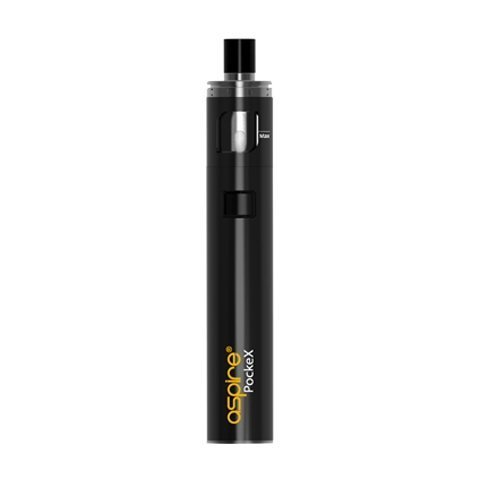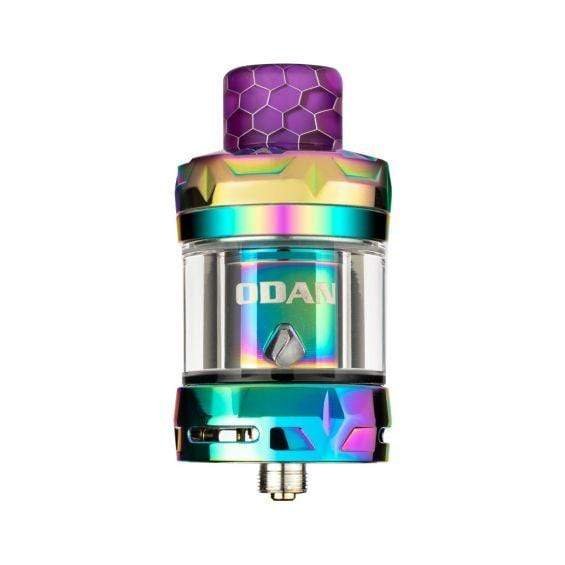Vapor vs. Smoke: Why Vaping Doesn’t Trigger Smoke Alarms
For many people who vape, the idea of blowing out thick clouds of vapor might seem similar to smoke from a cigarette or a cigar. However, there are significant differences between the two that influence how they interact with smoke alarms. Whether you’re vaping at home or in a public place, you may have wondered why your vapor cloud doesn’t set off the smoke alarm like traditional smoke does. This article will dive into the science behind vapor versus smoke and explain why vaping doesn’t typically trigger smoke alarms.
Thank you for reading this post, don't forget to subscribe!What is Vapor?
Vapor is the mist-like cloud produced when a liquid (typically e-liquid or vape juice) is heated by the coil inside a vape device. This heating process causes the liquid to change from a liquid state to a gaseous one, creating vapor that is inhaled and exhaled. Unlike smoke, vapor contains water molecules and various chemicals found in the e-liquid, such as nicotine, flavorings, and propylene glycol or vegetable glycerin.
What is Smoke?
Smoke, on the other hand, is the byproduct of combustion—when something, like tobacco or wood, is burned. The combustion process produces solid particles, carbon monoxide, and a variety of chemicals that can be harmful when inhaled. When you light a cigarette, the tobacco ignites, and as it burns, it produces thick smoke, which contains ash and other particles. These particles and gases are what make smoke alarms sensitive to its presence.
Why Doesn’t Vapor Trigger Smoke Alarms?
The main reason that vapor doesn’t trigger smoke alarms, while smoke from cigarettes or fire does, lies in the key differences between the two substances:
- Lack of Combustion: Smoke alarms are designed to detect particulate matter that results from combustion. When smoke is produced by burning tobacco or other materials, it releases small particles and gases that are dense enough to be detected by the sensors inside smoke alarms. Vapor, however, is not produced by combustion and doesn’t contain these harmful particulates, meaning it doesn’t set off smoke detectors.
- Composition of Vapor: Vapor primarily consists of water vapor, which is less dense and doesn’t contain harmful particulates like smoke does. Smoke alarms are typically sensitive to small particles of carbon and other substances in smoke, which are not present in vapor. While vapor may look similar to smoke, its lack of particulates makes it largely undetectable by most smoke alarms.
- Lower Density and Larger Droplet Size: The vapor produced by e-cigarettes or vapes is made up of tiny droplets that are much larger than the particles in smoke. Smoke particles are tiny and lightweight, allowing them to stay suspended in the air longer. Vapor droplets, by contrast, are heavier and tend to settle more quickly, making it less likely to interact with smoke detectors.
- Types of Smoke Alarms: There are two main types of smoke alarms: ionization and photoelectric. Both work by detecting changes in the air that indicate the presence of smoke. Ionization smoke alarms detect the presence of small particles in the air, while photoelectric alarms work by detecting changes in light when smoke particles scatter it. Since vapor doesn’t contain the small, suspended particles that these alarms are designed to detect, it doesn’t trigger either type.
Could Vaping Ever Set Off a Smoke Alarm?
While it’s uncommon for vaping to trigger smoke alarms, there are certain situations where it might happen:
- Close Proximity: If you are vaping extremely close to a smoke alarm, especially if you’re in a confined space, a larger cloud of vapor might be able to trigger the alarm, particularly in photoelectric alarms that are sensitive to changes in light. However, this is rare and would require a significant amount of vapor to build up in the immediate vicinity of the detector.
- Humidity Levels: In places with high humidity, like bathrooms or kitchens, the vapor produced by an e-cigarette can combine with the moisture already in the air. In such cases, the combination of water droplets in the air from both the vapor and ambient moisture might increase the likelihood of triggering certain types of alarms, but it still isn’t typical.
- Overactive Smoke Detectors: Some smoke alarms may be overly sensitive, and in rare cases, they might detect vapor as a disturbance in the air. However, this would likely only happen in very specific circumstances.
Why is This Important?
Understanding why vaping doesn’t typically trigger smoke alarms can help individuals enjoy their vaping experience without the worry of activating an alarm. It’s a key reason why vaping is often allowed in areas where smoking is prohibited, such as some indoor spaces, airports, and offices. However, it’s always important to check the specific rules of any location, as some places may still prohibit vaping for other reasons, like the potential for secondhand exposure or the lingering scent of vapor.
FAQs
- Why doesn’t vapor set off smoke alarms? Vapor is made up of water vapor and doesn’t contain the same small particles that smoke from burning materials does. Since smoke alarms detect particles, vapor doesn’t trigger the alarm.
- Can vaping set off smoke alarms in certain conditions? While rare, vaping could set off smoke alarms if you are very close to the detector and produce a large cloud of vapor, especially in a small, enclosed space with a particularly sensitive alarm.
- What type of smoke alarm is least likely to be triggered by vapor? Ionization smoke alarms are more sensitive to the tiny particles in smoke, while photoelectric alarms respond to light scattering caused by smoke particles. Since vapor doesn’t contain these particles, neither type is likely to be triggered.
- Can vaping be done safely in places with smoke alarms? In most cases, vaping is safe in places with smoke alarms, but it’s always a good idea to check with the building’s policies, as some areas may have restrictions on vaping regardless of whether it activates the alarms.
- Is vaping in confined spaces dangerous for smoke detectors? While it’s uncommon for vapor to trigger smoke alarms, excessive vapor in a confined space can sometimes increase the likelihood of detection, especially with sensitive alarms. It’s best to vape in well-ventilated areas to avoid any risk.
Conclusion
In conclusion, the key difference between vapor and smoke lies in their composition and the way they interact with air particles. While smoke contains harmful particulates that are detected by smoke alarms, vapor from e-cigarettes and other vaping devices consists mainly of water vapor and doesn’t produce these particles. This is why vaping generally doesn’t trigger smoke alarms. However, it’s still important to vape responsibly and be aware of the specific regulations in different environments.






